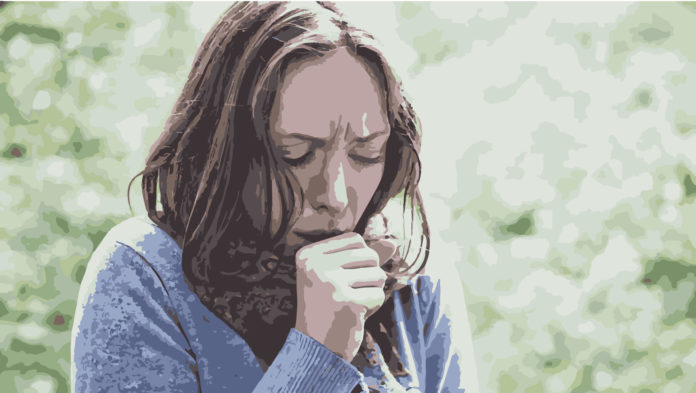TB kills an estimated 480,000 Indians every year and more than 1,400 every day.
World Health Organization (WHO) has come out with fresh guidelines to scale up access to testing and treatment for Tuberculosis among high risk groups. India has the largest number of TB cases in the world but has committed to end the disease by 2025, five years ahead of the global target of 2030.
WHO is also in the process of releasing a mobile application to support management of latent TB infection. Countries who seek help in their TB programmes can access it on http://www.who.int/tb/areas-of-work/preventive-care/ltbi/ltbi_app/en/.
The app can be suitably modified as per the individual needs of countries.
“The new WHO guidelines will help countries catalyze TB prevention and contribute to ending the TB epidemic”
The three main focal areas of the new guidelines are –
1 Expanding the number of groups being prioritized for latent TB infection testing and treatment. Health practitioners have been prioritizing testing and treatment of people living with HIV and children under the age of 5 who have been in contact with people who have TB. WHO has now identified HIV-negative children aged ≥ 5 years, adolescents and adults who are contacts of TB patients, as well as contacts of patients with multidrug-resistant TB (MDR-TB), as additional high-risk groups. Latent TB infection is the stage where the person carries the bacteria but has neither symptoms of the disease nor does s/he spread it.
2 Expanding the testing options: WHO recommends scaled-up testing for latent TB infection in both high- and low- TB- burden countries. A tuberculin skin test or interferon-gamma release assay can be used to test for latent TB infection. Active TB disease should always be ruled out before prescribing preventive treatment, as per WHO guidelines.
3 Expanding the treatment options: WHO is recommending two new shorter treatment regimens to treat latent TB infection. Rifapentine and isoniazid weekly for 3 months may be offered as an alternative to 6 months of isoniazid monotherapy as preventive treatment for both adults and children. Rifampicin plus isoniazid daily for 3 months should be offered as an alternative to 6 months of isoniazid monotherapy as preventive treatment for children and adolescents aged < 15 years, according to the guidelines. These shorter regimens will help patients adhere to their treatment and complete it.
“The new WHO guidelines will help countries catalyze TB prevention and contribute to ending the TB epidemic. Making sure everyone can obtain the treatment they need, to prevent latent TB developing into active TB, will save lives and reduce suffering, ” said Dr Tereza Kasaeva.


